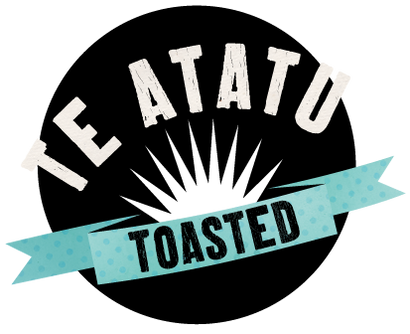Your Cart is Empty

Fix your gut bacteria with fermented food
May 13, 2025
Fermented foods have been a good thing for our gut for thousands of years.
The Romans reportedly used sauerkraut to treat and prevent intestinal infections, lactic acid-fermented foods such as kefir, yoghurt, buttermilk and borscht are a popular part of many European diets, the Japanese have pickled vegetables,
and the Koreans have their kimchi.
In New Zealand, however, we have tended to favour freezing and canning to preserve food. We’ve also begun importing fruit and vegetables, giving us a bigger variety of fresh produce available all year and less reason to opt for fermented foods.
But the health benefits they offer mean we should add these live-culture foods to our diet.
Fermented foods improve the balance of bacteria in your digestive system, which helps you better absorb nutrients from the foods you eat, reduces intestinal discomfort and aids bowel function. Some actually introduce beneficial bacteria into your digestive system and colonise the intestinal tract.
They also act as probiotics - approximately 80 per cent of your immune system is located in your gut so putting fermented foods in there will help you avoid winter illnesses and even more serious diseases.
How to get more fermented foods in our diet
Now we know how important fermented foods are, let’s look at some tips for making them part of our meals on a regular basis.
· Eat your Te Atatu Toasted muesli with a yoghurt that has live cultures. Greek yoghurt is a good option because it offers a high concentration of probiotics and beneficial bacteria due to the straining method used in its production. You could try The Collective Greek Probiotic Unsweetened yoghurt or The Collective Kefir Pourable Natural Yoghurt.
· Sauerkraut, kimchi, or pickled vegetables are easy to find in the supermarket or health shops. Add them to salads, sandwiches or serve them as a side dish with your main meals. We love theBe Nourished range
· Swap sodas for fermented beverages such as kombucha and kefir. Kombucha can be refreshing on its own but can also be used as a mixer with your favourite spirit.Dannic Drinks has a delicious range of kombucha and kefir. Their website has some fab recipesfor kombucha cocktails and mocktails, as well as somegut-nourishing recipes using kefir.
· Tempeh, natto, and miso are good sources of fermented soybeans. Add a dollop of miso paste to soups or stews or pick up a cup of miso soup with your sushi. Tempeh can be used as a meat substitute in stir-fries and salads. Natto, a traditional Japanese dish made from fermented soybeans, is often served with rice as a breakfast food.
· Vinegar is a fermented liquid. Try adding a small amount of apple cider vinegar to a glass of water or sparkling water. Or use it in your salad dressings.
· Opt for sourdough bread. It relies on a natural fermentation process using a sourdough starter, a live culture of wild yeasts and lactic acid bacteria.
The fermentation process breaks down complex carbohydrates and gluten, potentially making it easier to digest and reducing the risk of digestive issues. Sourdough also contains prebiotics, which nourish the beneficial bacteria in the gut, promoting a healthy gut microbiome.
If you are new to fermented foods, introduce them slowly to allow your digestive system to adjust. Each fermented food offers different beneficial bacteria, so try a variety to best support your gut health.
💥 You deserve to start your day with a low sugar, healthy breakfast cereal.
👉 Choose your Blend here and we'll deliver to your door - easy! 💥
